Rats in Utah: Types, Facts & Tips for Homeowners
-
Pete Ortiz
- Last updated:
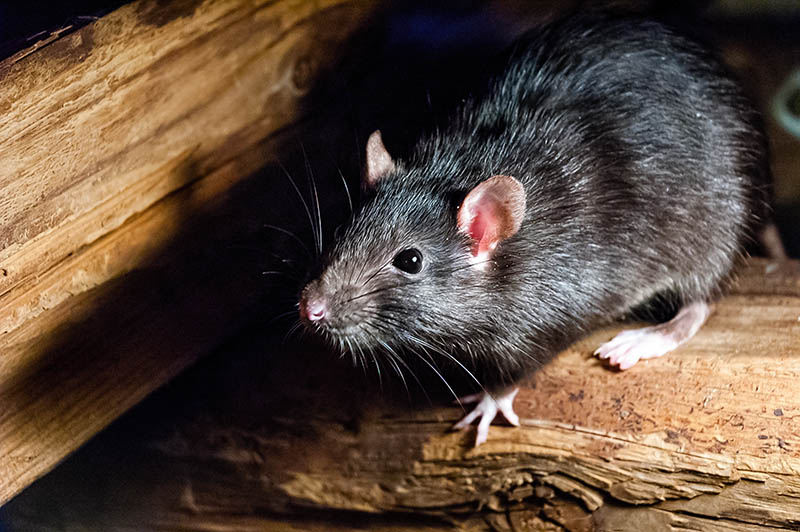
Rats are a common nuisance in many homes, known to cause lots of destruction. These unwelcome visitors pose all sorts of health risks, and can carry pathogens and diseases. They like chewing on things as a way to keep their ever-growing teeth manageable. And this can lead to lots of destruction around the home. They also leave their droppings everywhere and this can cause an awful smell.
That said, there are many types of rats across the world, but in this guide, we will focus on the types found in Utah and facts about these invasive mammals. After that, you can check out the different tips to help you get rid of rats in your home.
Keep reading for deeper insight.
Types of Rats in Utah
1. Black Rat (Rattus rattus)
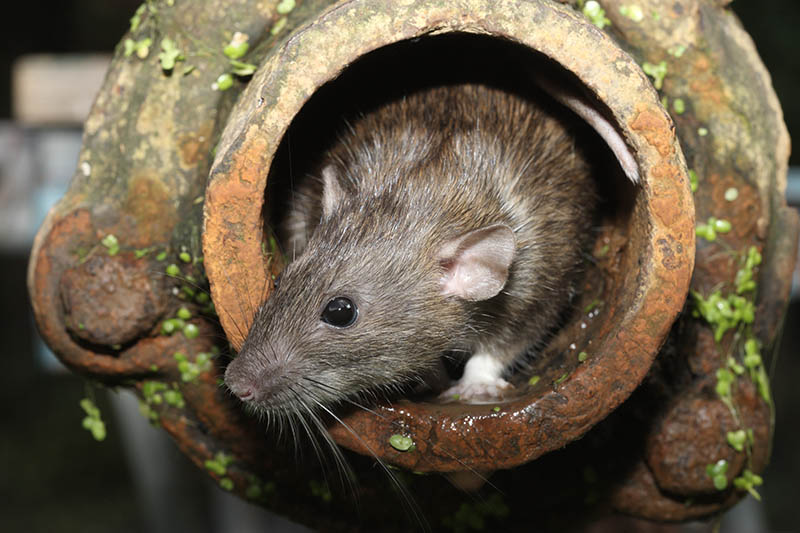
The black rat, also known as the house rat or the roof rat, is one of the most common rodents in the US and is found in all corners of Utah. These rats tend to have a black to light brown coat, but the underside is lighter. Being omnivorous, they can thrive anywhere including in barns, homes, and open fields.
Originally, the black rat is thought to have come from India through ships carrying produce like spice. The rats have been naturalized in the US, and now, they have become a huge pest concern in Utah as they feed on all sorts of agricultural products.
On top of that, black rats can spread diseases such as the bubonic plague, and lots of other pathogens, so it is best to have them exterminated.
Common black rat predators include birds of prey and cats.
2. White-throated Woodrat (Neotoma albigula)
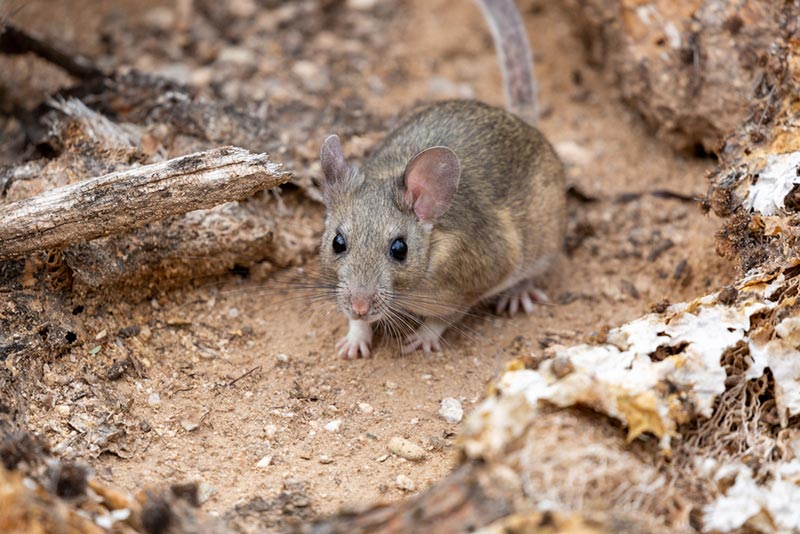
The white-throated woodrats are common in the northern parts of Utah. These rats like living in areas with lots of grassland, but they can also thrive in desert shrubs and areas with cacti bushes.
The white-throated woodrat is medium-sized with a distinctive white throat. It is a herbivore, and it loves to eat plants, seeds, fruits, and berries. Those that live in the desert have mastered harvesting water from cacti.
When it’s time to have some babies, these mammals will use leaves and sticks to create nests. You may find their nests in your garage, old vehicle, or any other areas hidden away from predators, easy to access, and warm to raise their young.
3. Bushy-tailed Woodrat (Neotoma cinerea)
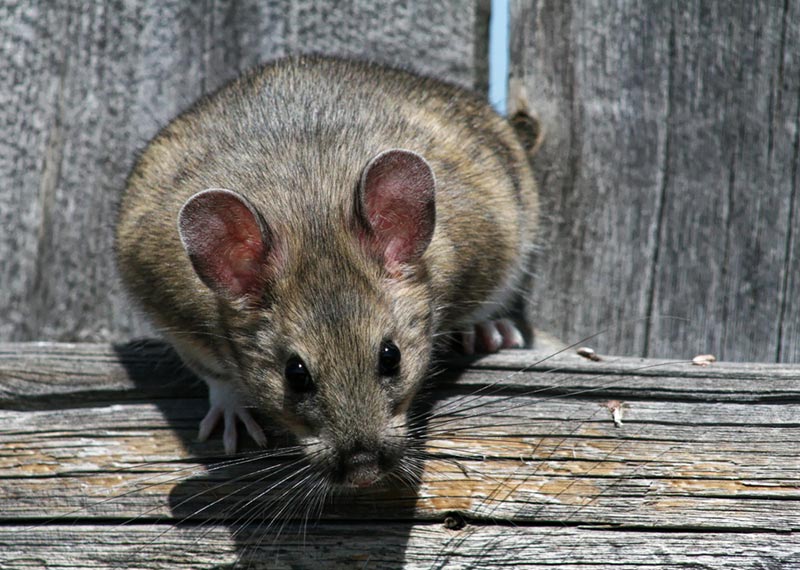
The bushy-tailed woodrat, commonly known as packrat, is quite a shy species. In fact, it’s not easy to see them even when living right in your home even though they remain active all-year-round.
Their nests (middens) are made using leaves and sticks and they love to eat different plant materials.
These rats have black eyes and large ears covered with thick fur. Their tails are as long as their bodies. Their lifespan is 2 years with common predators being cats, owls, weasels, and hawks.
The bushy-tailed woodrats are nocturnal. They also love living solitary lives and will get quite defensive about their territory.
4. Brown Rat (Rattus norvegicus)
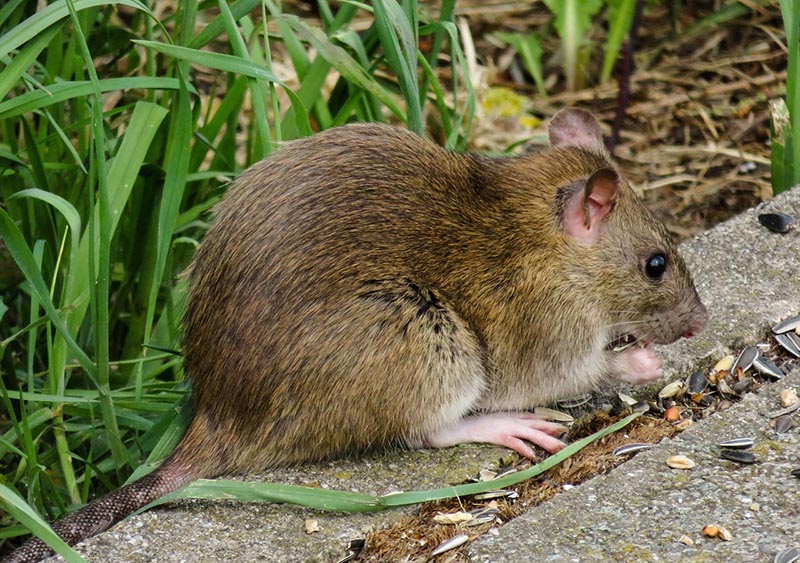
The brown rat, also known as the common rat or Norway rat is by far one of the most common rat species in Utah. In fact, this is one of the most frequently cited rats in the entire US. Some people are even keeping them as pets after conducting selective breeding.
Brown rats usually have grayish dark-brown fur with a lighter underside. These rats can grow quite big, especially if they find enough food sources. Being nocturnal creatures, they remain active all night. They also swim quite well and can go quite far in search of food.
These are omnivores and can feed on anything in your home including cooked and raw food. As an invasive species, the Brown rat continues to threaten local flora and fauna in different parts of the country. They also carry pathogens and diseases that can cause serious infections.
5. Kangaroo Rat (Dipodomys merriami)
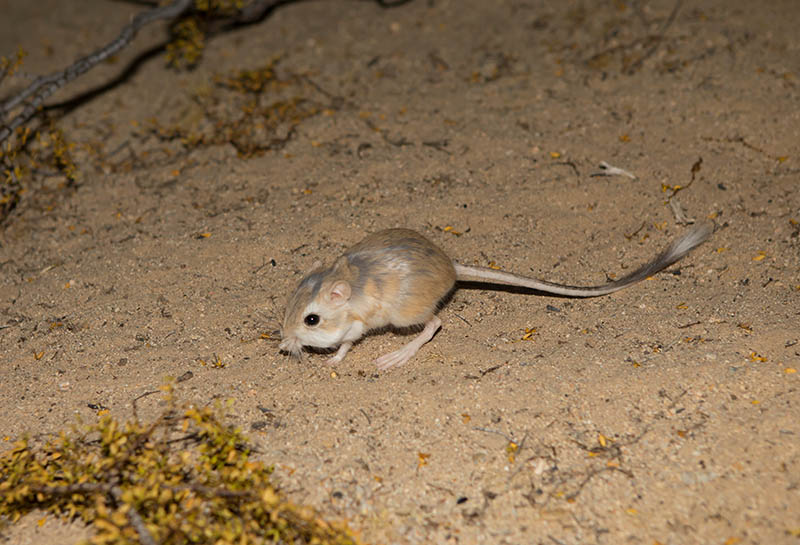
The deserts of Utah are home to the nocturnal Kangaroo rats. These rats look like kangaroos since they have big hind feet and smaller ones in front of their bodies. They have long tails and large heads with big eyes.
These rats prefer the hot and dry conditions so they are best suited to the desert climate. These rats can go days without drinking water. They prefer getting moisture from the seeds they eat in the desert.
The rats have also adopted excellent survival skills such as good hearing. They can hear a predator like an owl or hawk approaching and run for cover. Those big hind legs help them leap 9 feet per jump.
Top 9 Interesting Facts about Rats
1. Rats Are Naturally Suspicious
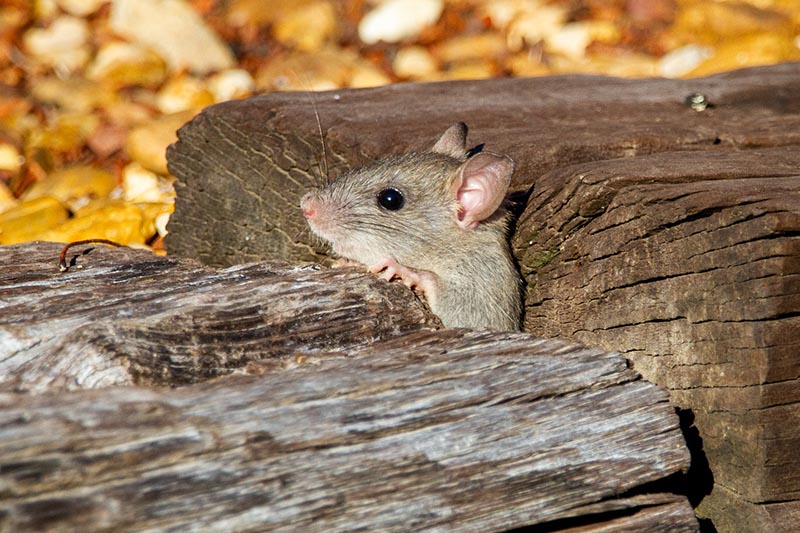
It takes rats some time to warm up to anything new in their environment. For example, it might take time for a trap that you set in your home to catch that rat you saw. This is why it’s better to leave traps for a few days before you check on them.
2. Rats Carry Disease
Did you know that the bubonic plague that killed millions in Europe was spread by rats? These rodents are carriers of different diseases that can affect people and other animals. This is why it’s important to get rid of the pests if you see them in your home or anywhere near it.
3. Rats Chew Almost Everything
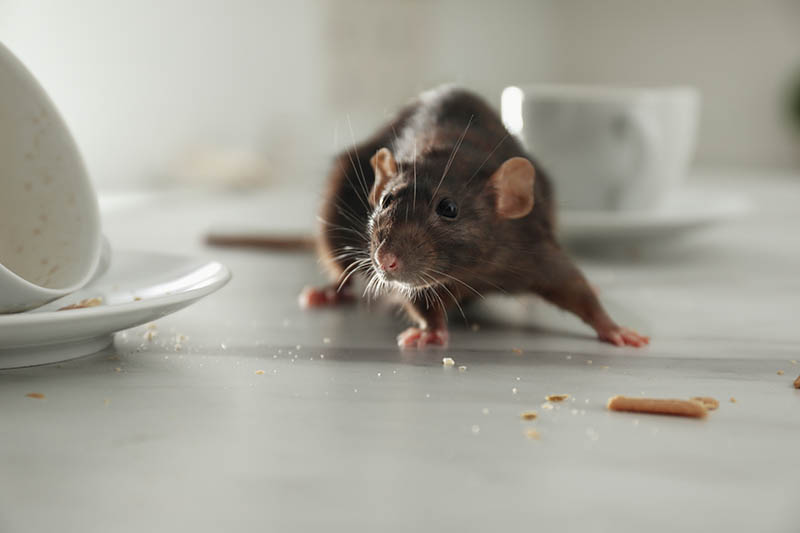
Since a rat’s teeth never stop growing, the only way to keep them short and sharp is by chewing different items. They are notorious for chewing on different things including books, furniture, clothes, plastic, and other items in the house. They leave bite marks or huge holes that can result in more destruction.
4. Rats Are Avid Breeders
Part of the reason why one rat suddenly turns into 10 or more running around is because of reproduction. A female rat comes into heat every 3 weeks, and she can give birth to up to 20 babies. Such high rates of reproduction can lead to rat infestation in your home. The females will start breeding in less than 3 months. There’s no break for winter which means rats can breed non-stop all-year-round.
5. Rats Are Excellent Climbers
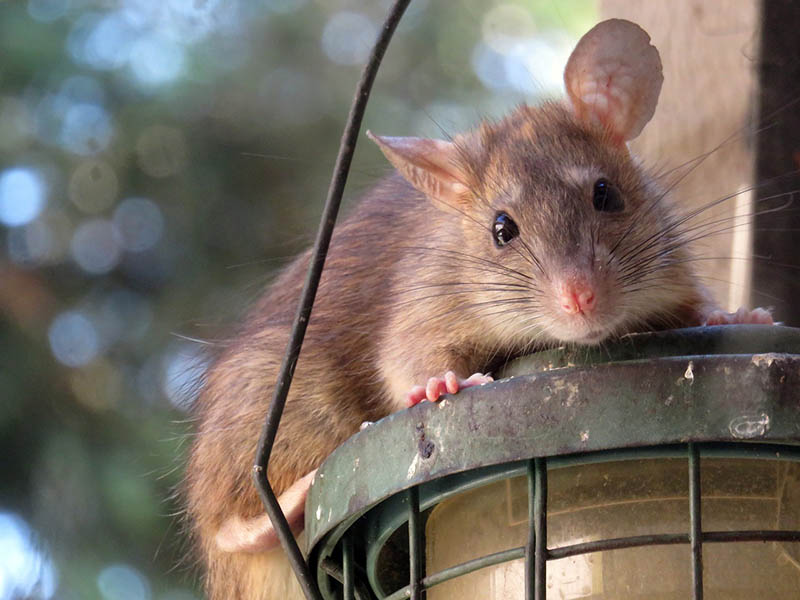
Rats can scale any part of your home. This is why you come across some living in the attic and other upper parts of the building. Their small bodies and agile limbs make it easier for them to climb and even jump from one spot to the next. And they can jump horizontally or vertically without breaking a sweat.
6. There Are Rats Worldwide
Rats can thrive in different climates across the world. There are 60 different rat species in existence, and they can adapt to different conditions. This is what made the Black rat, for example, thrive in places like Utah having originated from India. The most common rat species in the world are the Brown and Black rats that exist in the billions.
7. Rats Have a Sharp Memory
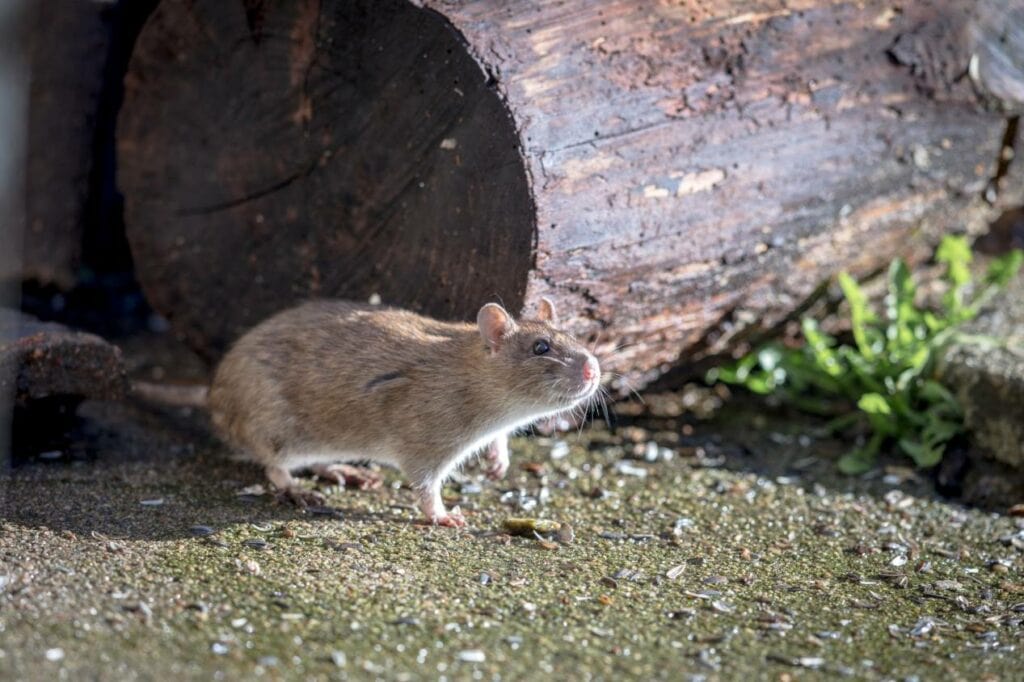
Rats are by far one of the most common animal species used in lab experiments. Why? It’s because they have an incredibly sharp memory. While they aren’t too intelligent, their memory helps them master your home and thrive. They used episodic memory to remember many things including specific events.
8. Rats Maintain a Social Structure
Rats that have social tendencies can live together and create a social hierarchy. This comprises of male and female rats who live in one place, eat, and drink together. There is a leader, assistants, workers, rebels and outcasts.
9. Rats Have Mastered the Art of Communication
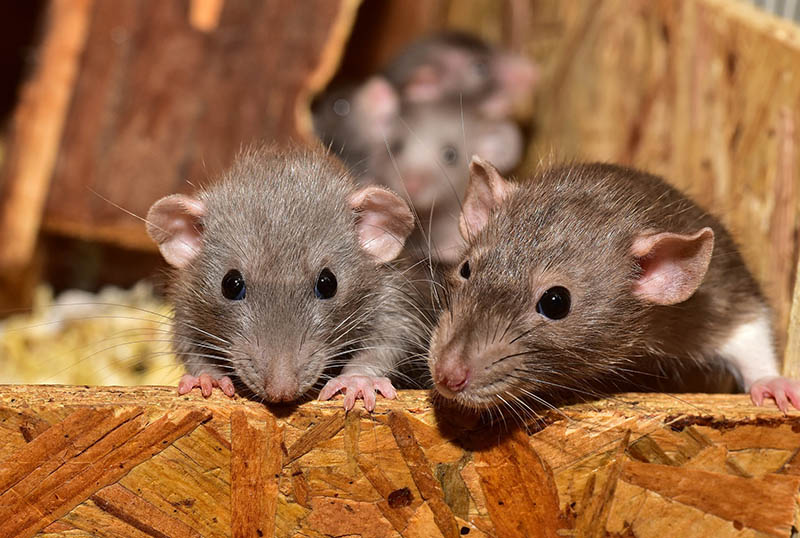
Rats use smell, sound, touch, and body language. For example, they can detect the food they like by smelling the breath of other rats. They also make different sounds to communicate danger or alert others to a food source nearby.
Tips to Get Rid of Rats in Your Home Fast
It’s paramount to get rid of rats in your home as soon as you spot one scurrying across the room. This is because given time, they can multiple fast and begin to cause all sorts of destruction in your home. Below are some tips to get rid of rats in your home fast.
Do a Thorough Inspection
Signs that rats are inhabiting your home include rat droppings, chew marks on different items, and even sighting a live rat. The first step to getting rid of rats is conducting a thorough inspection. This might be the best time to clear all clutter from the garage, attic, closet, and spare rooms. Such places are perfect breeding grounds for rats.
Check and Seal Entry Points
Rats can squeeze through small openings and enter your home. So, after an inspection of breeding spots, check for openings and gaps into the house. If you come across such spaces, make sure you seal them. Caulk or cement is excellent for filling gaps and small openings.

Clear Areas Around the House
Bushes, long grass, heaps of trash and other clutter can cause rats to get into your house. They inhabit these spots and start to venture off in search of food. Therefore, it’s important to keep your grass short, and collect leaves and clippings. If you have compost nearby, ensure it’s well covered to prevent rats from building homes in the pile. Always weed your garden and flower beds as well.
Lay Traps
Get some traps to place in different parts of the house including the garage, basement, and attic. These are parts of the house with the least foot traffic and rats love that. Always check the traps and get rid of rats that are caught.
Dry Ice Gets Rid of Rats
Do you want to get rid of rats, but you don’t want to use poison in your home? You can use dry ice to get rid of them. Dry ice will kill rats easily, but you have to handle it with care. Place some in areas where you find rat nests, and ensure to wear gloves and protective eyewear.
Use Home Remedies
There are some simple home remedies that you can use instead of poison to get rid of rats in your home. For example, you can use peppermint oil soaked to drive them out as they don’t like the smell of peppermint. Simply place cotton balls soaked in the oils in different places.
Another idea is grinding garlic cloves and mixing that with water. Allow the mixture to sit for some time then spray it in areas you suspect rats inhabit. The strong garlic smell isn’t pleasant and will send them scurrying away.
The final method of getting rid of rats is by adding hot pepper flakes to water. Add the mixture to a spray bottle and spray it in different parts of the house. Pepper irritates the rats.
Hire Professional Pest Control
Is the rat infestation in your home too much that baits and traps don’t work? Consider hiring professional pest control to do a thorough extermination. Pest control professionals can manage the growing rat population in and around your home. They use a variety of methods including poisons and sophisticated traps that get the job done.
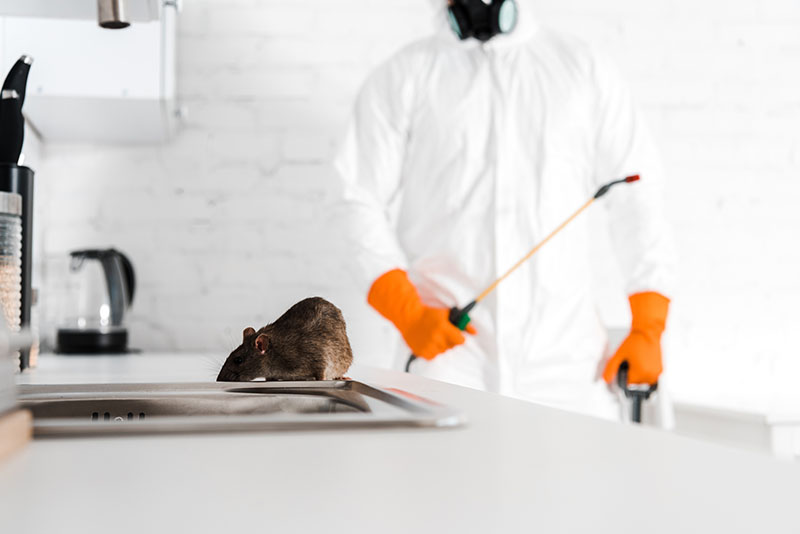
In Conclusion
In the wild, rats serve a purpose, just like all other fauna in the animal kingdom. However, in your home they become a nuisance. Take note of the types of rats likely to invade your home in Utah – the most common are the Brown and Black rat.
Note that it’s important to get rid of them after that first sighting. Rats can reproduce at a fast pace and end up creating an invasion in your home. If you notice bite marks and rat droppings, it’s time to get some traps and bait.
- The Brown rat
- The Kangaroo rats
- There are 60 different rat species across the world.
- Rats use episodic memory to remember things like specific events
- Rats are social and can form a social hierarchy.
- A female rat can give birth to up to 20 babies.
- https://birdwatchinghq.com/mice-and-rats-in-utah/
- https://www.rentokil.co.id/en/my-pest-control-quick-tips/10-interesting-facts-about-rats/
Featured Image Credit: Carlos Aranguiz, Shutterstock
Contents



